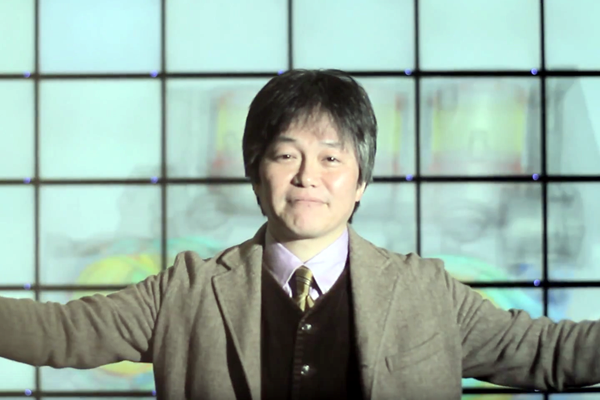| |||
| Abstract | |||
| In this talk, we describe particle modeling techniques for computational fluid dynamics simulation and visualization and its applications. The computational fluid dynamics (CFD) is the use of applied mathematics, physics and computational software to visualize how a gas or liquid flows — as well as how the gas or liquid affects objects as it flows past. CFD is based on the Navier-Stokes equations and Smoothed-particle hydrodynamics (SPH) is being increasingly used for the CFD calculation. This is due to several benefits over traditional grid-based techniques. First, SPH guarantees conservation of mass without extra computation since the particles themselves represent mass. Second, SPH computes pressure from weighted contributions of neighboring particles rather than by solving linear systems of equations. Finally, unlike grid-based techniques which must track fluid boundaries, SPH creates a free surface for two-phase interacting fluids directly since the particles represent the denser fluid (usually water) and empty space represents the lighter fluid (usually air). For these reasons it is possible to simulate fluid motion using SPH in real time. Although the SPH can simulate a complex fluid phenomena, it generates a huge amount of particles which cannot be effectively visualized using the volume rendering technique. A typical volume rendering tool requires a scalar field defined on grids. It is not reasonable to convert the particle data into the volume data set since it introduces a significant error. Thus we employ a particle-based volume rendering (PBVR) in which the particle density field is derived from the given scalar field and the user-speficified opacity transfer function. The particle density value should be identical for a given scalar value but the SPH does not necessarily generate such particles. To solve the problem, we change the particle radius locally so that the PBVR can give a consistent semi-transparent effect. We applied the PBVR to visualized several SPH simulation results for complex fluid dynamics phenomena which include tsunami (tidal wave) in Japanese coast (1) and a crown formation (2) in a vibrating liquid.
References:
| |||
Prof. Koji Koyamada | |||
Professor, Academic Center for Computing and Media Studies, Kyoto University | |||
 | Short bio | ||
Prof. Koji Koyamada is currently a professor at the Academic Center for Computing and Media Studies, Kyoto University, Japan. His research interest includes modeling & simulation and visualization. He is an associate member of the Science Council of Japan, a former president of the Visualization Society Japan, and a former president of Japan Society of Simulation Technology. He received the IEMT/IMC outstanding paper award in 1998, the VSJ contribution award in 2009 and the VSJ outstanding paper award in 2010. He received his B.S., M.S. and Ph.D. degrees in electronic engineering from Kyoto University, Japan in 1983, 1985 and 1994, respectively, and worked for IBM Japan from 1985 to 1998. From 1998 to 2001 he was an associate professor at the Iwate Prefectural University, Japan. From 2001 to 2003, he was an associate professor at Kyoto University, Japan. |